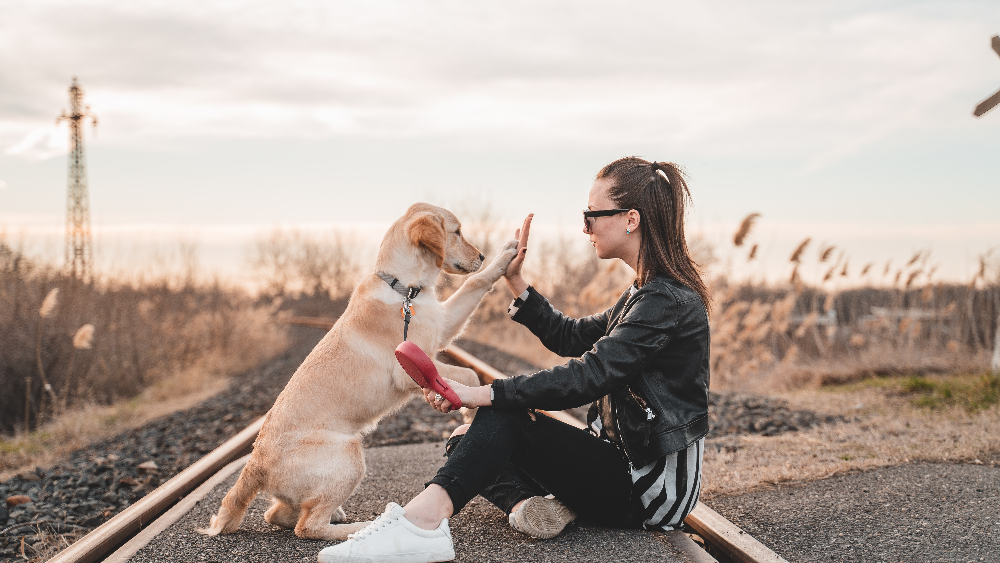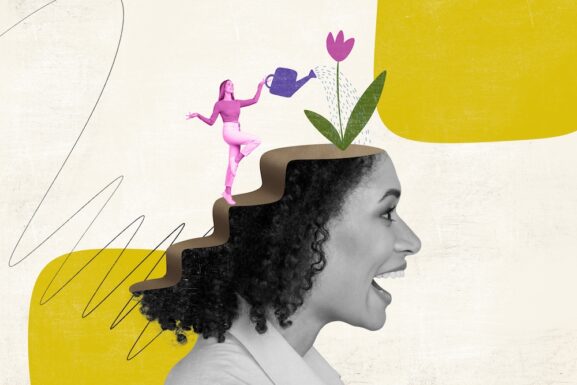Debunking the Myth of Ketamine as a Horse Tranquilizer
Ketamine is a drug with a lot of personality. Yet many call ketamine a “horse tranquilizer.” It’s a tag that, although not entirely inaccurate, greatly undersells its potential. Today, ketamine is increasingly being hailed as a wonder drug in healthcare, particularly in psychiatry. But the “horse tranquilizer” label seems to stick.
Interested in Ketamine Therapy? Find Ketamine Treatment Near You
So, Is Ketamine a ‘Horse Tranquilizer’?
Yes, but… ketamine has been used in veterinary medicine as an anesthetic for all kinds of animals: dogs, cats, goats –- and horses. Once given ketamine, the animals are immobilized, and can’t feel pain. So veterinarians can perform dental work, surgeries, X-rays, and more. Veterinary medicine likes ketamine for many reasons.
- Rapid onset.
- Animals go to sleep within minutes, without needing to be held down for long.
- Muscle relaxation.
- Ketamine’s muscle relaxant properties can be beneficial for surgical procedures that require a relaxed and immobilized animal.
- Minimal Respiratory Depression.
- Unlike some other anesthetic agents, ketamine has minimal impact on the respiratory system, which can be advantageous in keeping horses breathing normally during procedures.
- Safety.
- Ketamine has a wide margin of safety, meaning the difference between a useful dose and a potentially harmful dose is relatively large. In veterinary medicine, accurate dosing can sometimes be challenging.
- Short acting and short recovery period.
- Horses tend to recover from its effects relatively quickly after the administration is stopped. This can be advantageous for minimizing the time an animal spends under anesthesia and reduces the risk of prolonged recovery periods.
READ NEXT: Pet and Setting: This Psychedelic Vet Teaches Dogs to Trip Sit
Animals and Humans Share Many Medicines
Humans and animals have many biological similarities. It’s the reason researchers can test new drugs on rats and mice before trying them on humans.
Drugs that work in both animals and humans are often called “crossover drugs.” They include everything from antibiotics to steroids. Dogs take Tamiflu. Cats take Tylenol. Both take Prozac. Humans and horses both respond to ketamine for pain.

RELATED: What Are The Biggest Misconceptions About Ketamine Therapy?
Is Ketamine a Horse Tranquilizer? The Power of Sensationalism
Ketamine’s reputation as a “horse tranquilizer” partly comes from the fact that ketamine was often stolen or smuggled out of veterinarian clinics to be sold illicitly on the black market. However, that says nothing about its safety and efficacy for the treatment of humans in surgery or psychiatric contexts.
News stories and anti-drug warriors refer to ketamine as a “horse tranquilizer” in a deliberate attempt to stigmatize and demean the drug. Ridiculing ketamine as a non-human medicine helps prop up the narrative that people who use ketamine are deficient, dumb, or dangerous. It scares people away from using the drug at raves and parties. Fewer people, especially teens, might use ketamine.
READ NEXT: What Will the Ketamine Clinic of the Future Look Like?
Ketamine is For Humans…Including Children
However, ketamine was initially developed for humans. Back in the 1960s, amidst the chaos of the Vietnam War, ketamine emerged as a reliable anesthetic for soldiers on the battlefield. It quickly became a staple in operating theaters and emergency rooms worldwide. It’s the primary anesthetic used on children during surgeries. Doctors use ketamine on children for the same reasons vets use it for horses and dogs.
RELATED: Psychedelic Myths Experts Wish Would Go Away
Beyond the ‘Dissociative Anesthetic’ Label
Ketamine is a “dissociative anesthetic,” whether used in horses, kids, dogs or adults. That term sums up its primary action. Ketamine can indeed disconnect people from their body sensations.
But “dissociative anesthetic” potentially understates ketamine’s overall experience.
At lower doses, ketamine is far, far different from an anesthetic. The kaleidoscopic mental experiences, the profound emotional shifts, the sense of deeper connection with the self–all these are aspects that are typically seen in psychedelic experiences.
Recently, a few daring researchers have begun to challenge the status quo, pointing out that ketamine’s effects go far beyond the simple “disconnect” suggested by the term “dissociative anesthetic.” In essence, they argue, ketamine elicits a state that is less of a disconnect, and more of a reconnection with the self, akin to a quasi-psychedelic journey.
It’s here that we see a very important principle of pharmacology come to life: the safety and effectiveness of a medication can significantly depend on how it’s used.
In light of this, perhaps we need to rethink our language, to better capture the richness and depth of the ketamine experience. After all, in the quest to understand a substance as multifaceted as ketamine, every word counts.
Mind Explorer: John C. Lilly
This generation is not the first to push the boundaries of what ketamine can do. While the world was busy pigeonholing ketamine as a “horse tranquilizer,” an eccentric neuroscientist and psychonaut named John C. Lilly was busy exploring its psychedelic potential. Known for his pioneering work with dolphins and the invention of the sensory deprivation tank, Lilly dared to tread where few had ventured. He used ketamine as a tool for self-exploration, breaking down mental barriers. He helped open a doorway to understanding and studying the psychiatric effects of ketamine, not just the dissociative analgesic effects.
RELATED: Is Ketamine an Opioid? Why One of These Painkillers is Safer Than the Other
Ketamine in the Modern World: Beyond Anesthesia
Today, Lilly’s boundary-pushing spirit continues. Ketamine is being viewed under a new light. Its potential use for treating severe depression, anxiety, PTSD, bipolar, and other mental health conditions has instigated a new wave of research.
RELATED: Ketamine Telehealth – An Affordable Option, Legal Status & More
Telehealth, Infusion Clinics, and Safer Practices
With the rise of telehealth platforms like Innerwell, the accessibility and convenience of ketamine treatments have seen a significant boost. Patients can have consultations, get prescriptions, and even receive guided sessions from the comfort of their homes.
Similarly, ketamine infusion clinics are popping up everywhere, offering a safe and controlled environment for treatments.
READ NEXT: Psychedelic Therapist Training: How to Become a Certified Psychedelic Therapist
Ketamine: A Tool, Not Just a Treatment
At its core, ketamine is more than just a pill or a treatment; it’s a tool. It offers not just symptomatic relief, but the potential for perspective shifts, behavioral changes, and improved overall mental health.
In essence, the journey of ketamine, from battlefield anesthetic to horse tranquilizer to a potentially revolutionary tool in psychiatry, is a perfect example of how our understanding of a drug can evolve.
The myth of ketamine as merely a “horse tranquilizer” doesn’t just oversimplify its history; it blinds us to its therapeutic potential.
It’s high time we follow in the footsteps of pioneers like Lilly, see past the myths, and fully embrace the potential that lies in this little lozenge.
GET INVOLVED IN PSYCHEDELICS: Psychedelic-Assisted Therapy Certifications and Training



